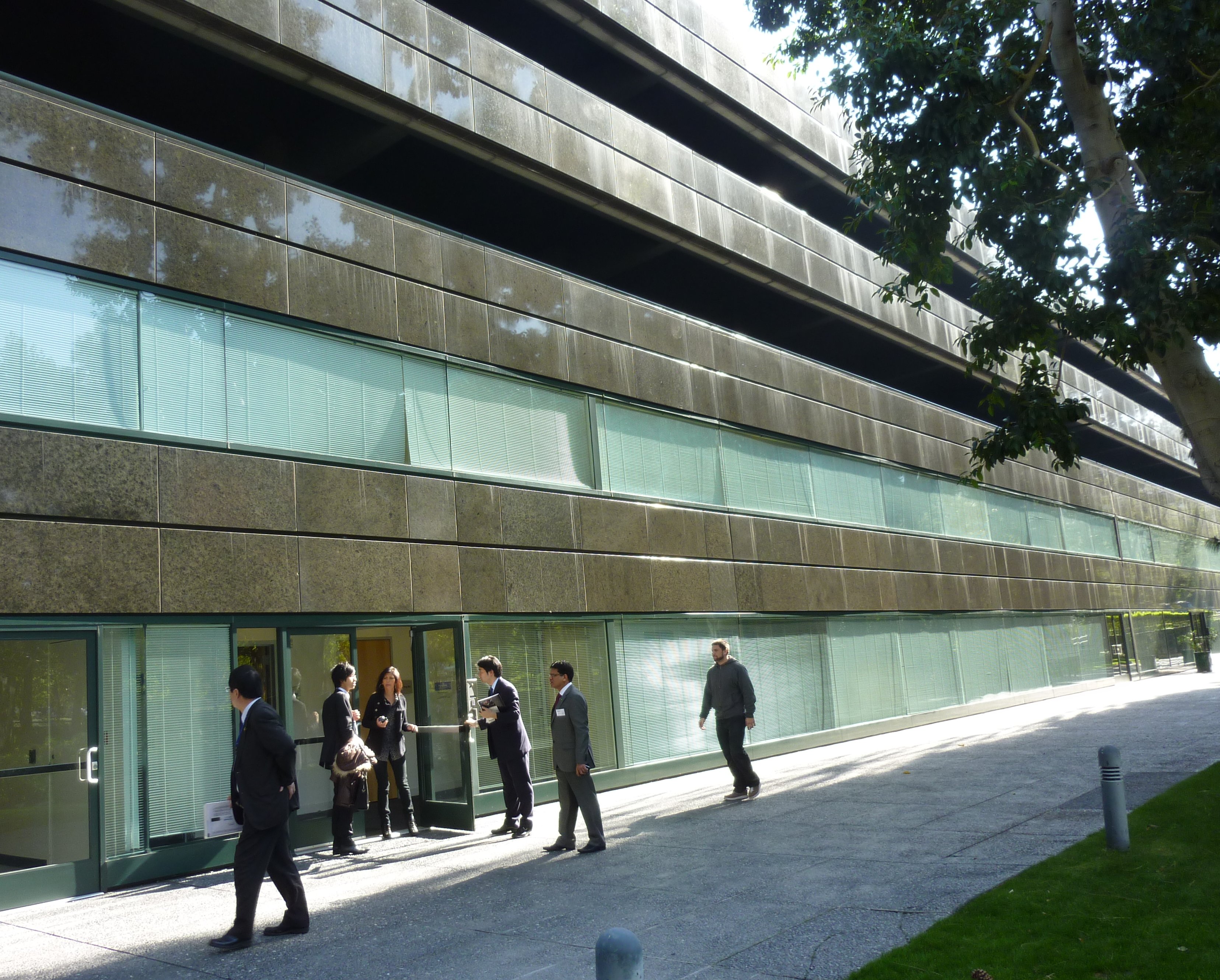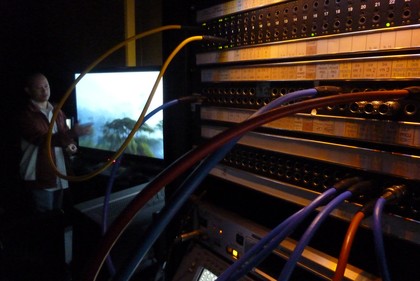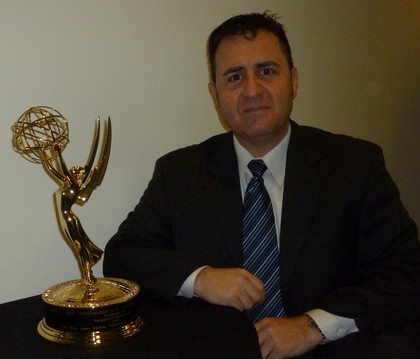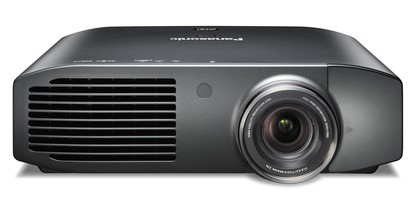
Panasonic believes it has an unbeatable advantage over rival 3D TV companies, a trump card so powerful that gives it an edge in every aspect of home entertainment.
It's called the Panasonic Hollywood Laboratories (PHL for short) and it's the Japanese brand's fast track into the heart of Tinsel Town.
PHL is literally a stone's throw from Universal Studios in Los Angeles and a short cab ride from the main studio lots. This proximity to the Hollywood creative community brings big rewards.

CODECS: PHL was responsible for both the AVC and Multiview codecs behind Blu-ray and Full HD 3D
It's not uncommon to see an A-list director or DP drop by to talk tech, before availing themselves of screening rooms large and small.
Infiltrating the inner circle
PHL was established as a research and development facility back in 2001. At that time, the buzz in the biz was high-definition. Rather than work in isolation from Hollywood's heavy hitters, who were beating the drum loud for home hi-def, Panasonic's executives sought to become part of their inner circle.
As it turns out, this was a shrewd move. Hollywood wanted to sell HD movies and Panasonic wanted to make the gear to play them. There was a profitable meeting of minds.
Get daily insight, inspiration and deals in your inbox
Sign up for breaking news, reviews, opinion, top tech deals, and more.
Within a few short years, PHL had influenced the direction of HD for the home, through the development of the AVC Blu-ray codec, and kick-started the 3D revolution.
Facility director James Mercs says: "For us 3D Blu-ray was a logical follow on from the excitement that was the theatrical 3D experience." PHL duly opened the 3D Innovation Centre Hollywood, on the PHL site "Our inspiration was James Cameron," says Mercs.

3D LOGIC: PHL director James Mercs says James Cameron has been a a major inspiration for the facility
"He shared his vision with us early on. He passionately wanted to create the best possible 3D experience at home. This led us to form an early relationship with him and his development team at Lightstorm. This interaction was instrumental in accelerating our own understanding of 3D, and how we would go about bringing it to the home."
Warning: Core technology research ahead
TechRadar has visited PHL on several occasions, usually to witness a new technology launch, such as the roll-out of Full HD 3D. It's always exciting. A love of cinema and high technology is everywhere. Movie posters adorn the walkways and film toys and figures crowd the desks of the site's authoring wizards and engineers. Awards garnered by PHL sit in every nook and cranny. It's like Pixar for propeller-heads.
Jeannine Patton is the director of the site's Blu-ray Authoring Center.
"We have the distinction of being the only consumer electronics company in the world to conduct core technology research and title development right in the heart of the entertainment community," she tells us. "That affords us some very unique opportunities, like translating the requirements of film makers and content creators into product, through our relationship with the Player & Device development group in Osaka."
The most recent example of this co-operation is the Panasonic's first 3D projector, the PT-AT5000E

DEVELOPED AT PHL: Panasonic's first 3D projector, the PT-AE5000, has been co-developed with the 3D Blu-ray engineers at PHL
.
3D projection Hollywood style
Keen to catch up with rivals JVC and Sony in the 3D projection stakes, this new projector sports a number of innovations, including the first use of transparent LCD panels driven at 480Hz. Panasonic says this high-speed refresh rate all but eliminates crosstalk (double-imaging caused when part of the left eye image overlaps with the right), a bugbear of 3D TVs.
PHL engineers took time out from their Blu-ray projects to play a key roll in the development and tuning of this projector. Their aim was to develop a light canon able to satisfy Hollywood's film making professionals.
At the heart of the PT-AT5000E is a newly developed optical engine, which not only produces a claimed 300,000:1 contrast ratio, but outputs an industry-leading 2,000 lumens of brightness. This direct addresses a long held concern that watching 3D through Active Shutter glasses is just too dark.
Another innovation is to use a 3D Viewing Monitor and 3D Picture Balance mode to minimize bad 3D effects, by ensuring stereoscopy is within the safety zone set forth by the 3D Consortium committee. Left and right eye images can be displayed side by side with individual waveform monitoring to adjust the stereoscopic picture balance.

OUTSIDE THE LAB: A short walk from Universal Studios, PHL often plays host to Hollywood A-listers
This goes some way to addressing the growing concern within the Hollywood elite over bad 3D presentations, be it through clumsy post-conversion work or uncomfortable user experiences.
Jeannine Patton says this is something PHL is uniquely placed to address. "We have a 3D innovation centre co-located here, which enables us to extend our reach and work with content developers." That daily interaction with Hollywood's visionaries is what PHL is all about, she says. "It's what makes us special."
Steve has been writing about AV and home cinema since the dawn of time, or more accurately, since the glory days of VHS and Betamax. He has strong opinions on the latest TV technology, Hi-Fi and Blu-ray/media players, and likes nothing better than to crank up his ludicrously powerful home theatre system to binge-watch TV shows.
